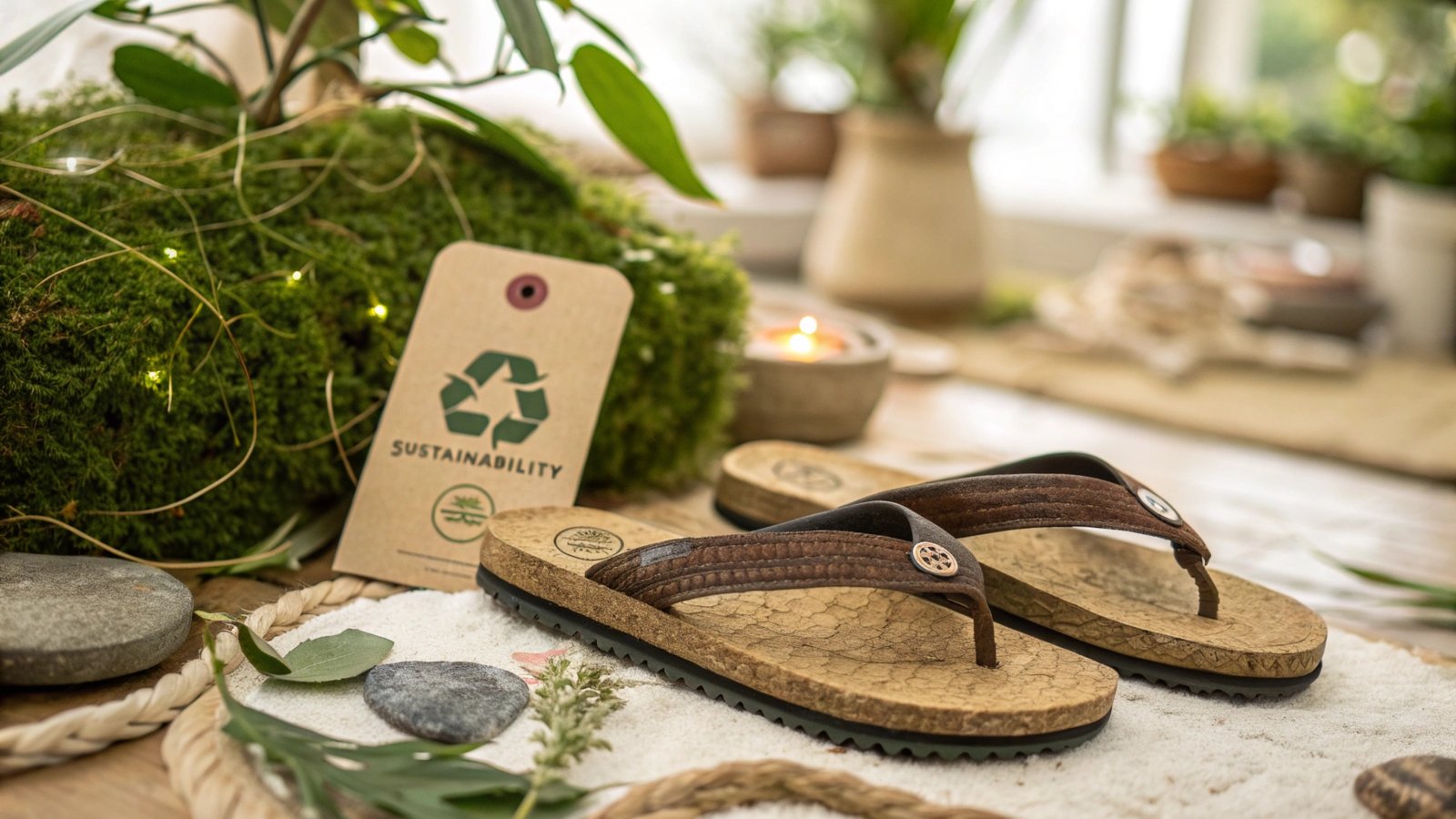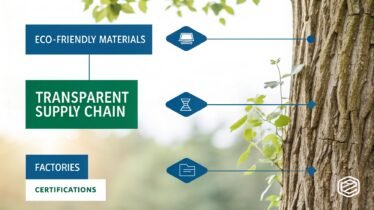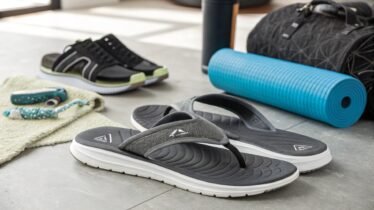Sustainability is reshaping every industry, including footwear. For slippers to thrive, they must align with eco-conscious values while maintaining style and comfort. How can they stand out?
Slippers can excel in the sustainable footwear market by using eco-friendly materials, innovative designs, and offering full transparency about their environmental impact.
Today, I’ll explore actionable strategies for creating standout sustainable slippers, diving deep into material choices, branding, and customer preferences, while highlighting products from leading footwear brands.
[Table of Contents]
What eco-friendly materials make slippers sustainable?
Choosing the right materials is the first step toward sustainability. Eco-friendly options are now accessible, versatile, and fashionable.
Materials like organic cotton, recycled PET, and natural rubber help create sustainable slippers by reducing waste and environmental harm.
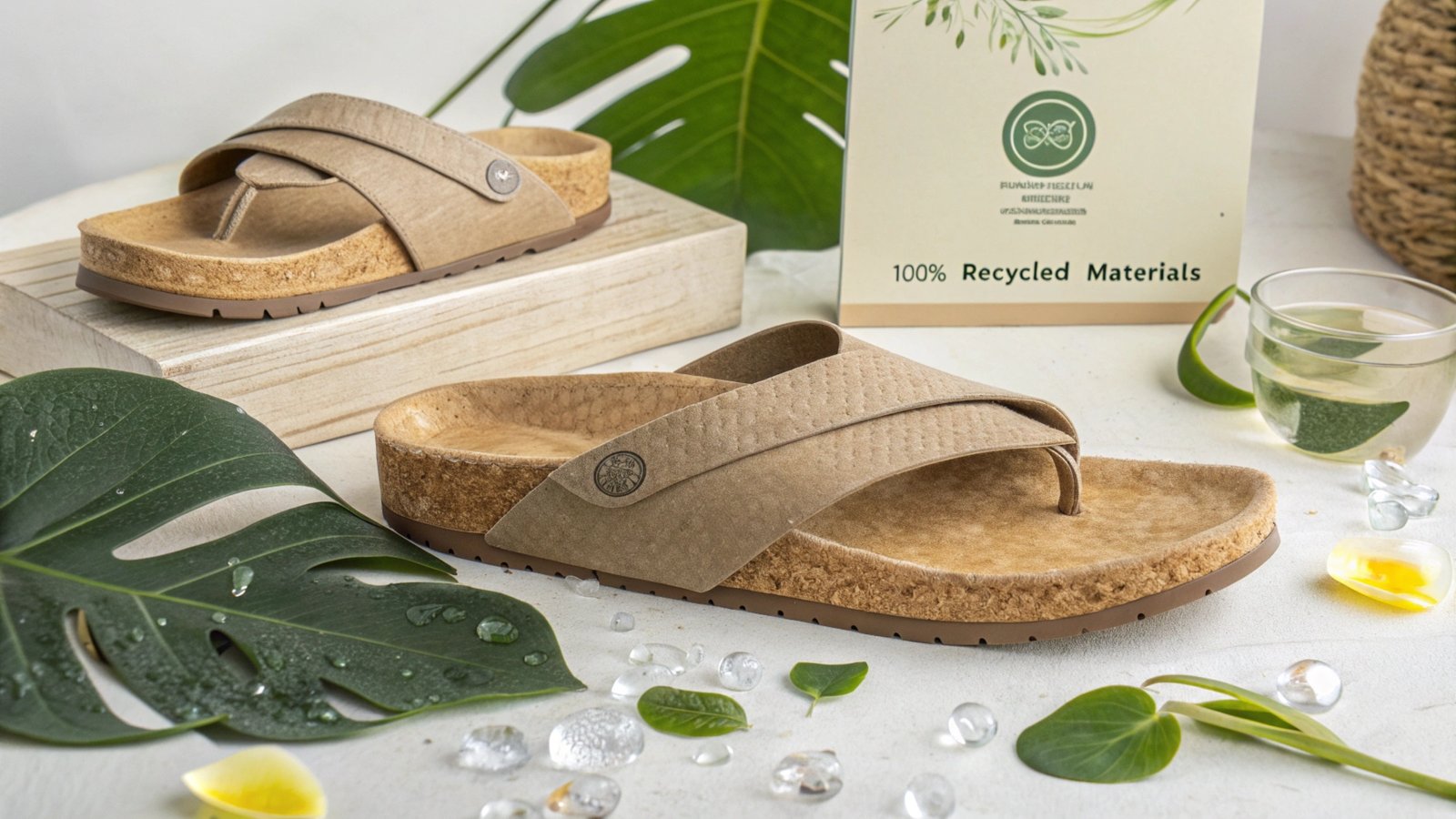
Dive deeper: Eco-friendly materials for slippers
- Organic cotton: It’s biodegradable and avoids harmful pesticides. This ensures both sustainability and comfort.
- Recycled PET: Made from recycled plastic bottles, it transforms waste into durable slipper fabrics.
- Natural rubber: A renewable resource, it’s perfect for flexible and comfortable soles.
Material Comparison Table:
| Material | Benefits | Drawbacks |
|---|---|---|
| Organic Cotton | Soft, breathable, eco-safe | Costlier than synthetic |
| Recycled PET | Reduces waste, durable | Limited softness |
| Natural Rubber | Renewable, flexible | Availability challenges |
Examples of Brands Using Sustainable Materials:
- Allbirds: Their slippers and loungers are made from ZQ-certified merino wool and sugarcane-based foam soles.
- Adidas x Parley: Known for recycled ocean plastics, their house slipper line uses PET waste effectively.
How can branding emphasize a slipper’s sustainability?
Sustainable branding connects with eco-conscious buyers. Highlighting certifications and responsible sourcing builds trust.
Transparent marketing and eco-certifications like REACH or GOTS help slippers shine in the sustainable market.
Eco-friendly storytelling enhances customer loyalty. Clear communication about processes, such as water-saving dyeing methods or carbon-neutral shipping, inspires trust.
Dive deeper: Strategies for sustainable branding
- Certifications: Mentioning REACH, GOTS, or Fair Trade in product descriptions adds credibility.
- Visual storytelling: Share “behind-the-scenes” content showcasing material sourcing or production.
- Customer engagement: Encourage user-generated content about wearing sustainable slippers.
Brands Excelling in Sustainable Branding:
- TOMS: Known for their "One for One" giving model, they emphasize eco-friendly material use and impactful storytelling.
- Rothy’s: Their slippers are made from knit recycled materials, with a focus on sustainability and style.
What role does innovation play in sustainable slipper design?
Innovative designs redefine slippers for modern customers. They blend functionality, sustainability, and aesthetics.
Customizable, multipurpose, or biodegradable designs appeal to eco-conscious buyers and elevate slipper brands.
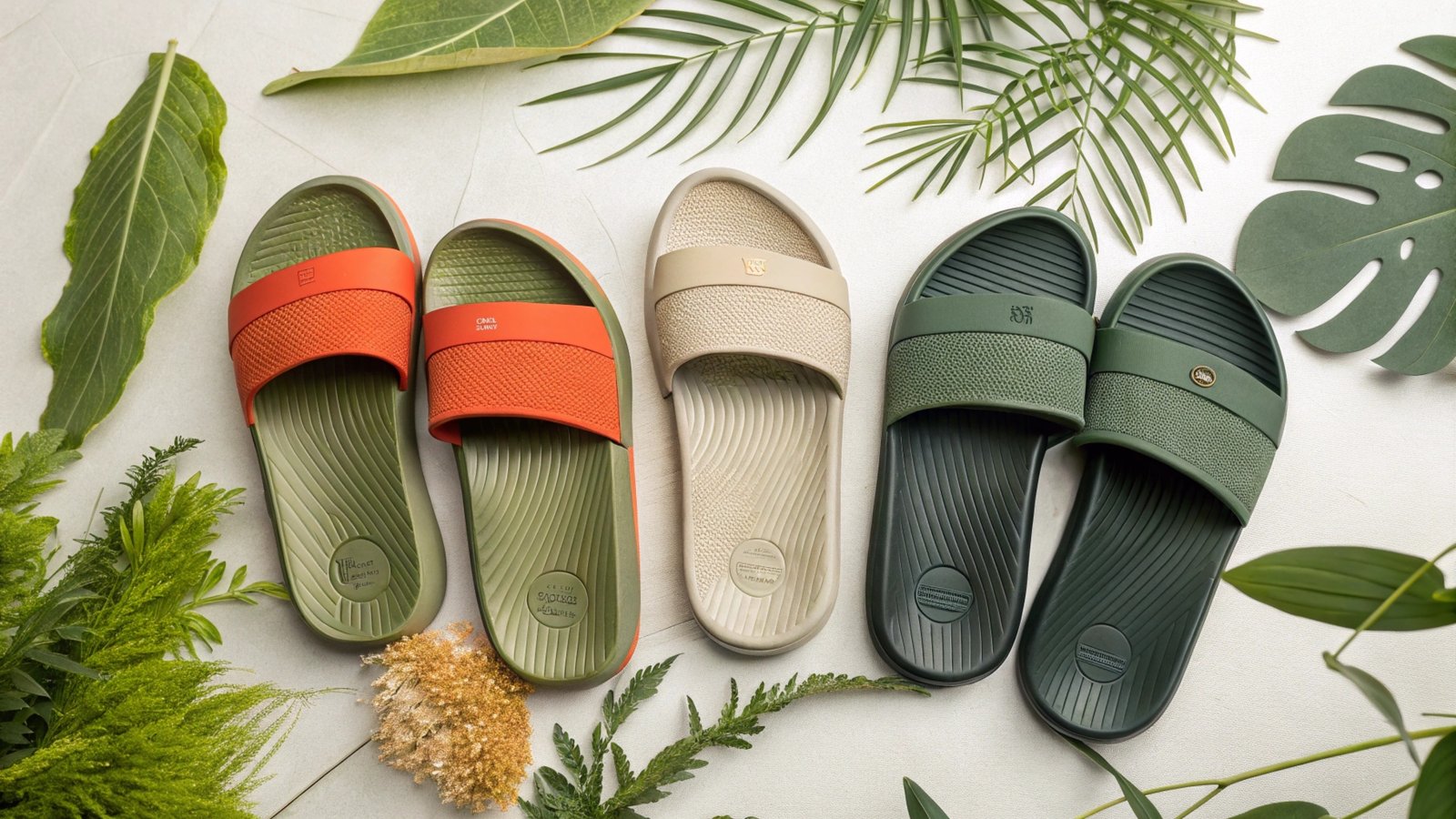
Dive deeper: Examples of design innovation
- Customizable Slippers: Allow consumers to select materials or add personal touches.
- Multipurpose Designs: Create versatile styles that double as home and outdoor footwear.
- Biodegradable Products: Develop slippers that naturally decompose after their lifecycle.
Examples of Innovative Brands:
- UGG: Their Plant Power collection features slippers made from TENCEL™ Lyocell, sugarcane, and recycled wool.
- Birkenstock: Focused on natural materials like cork and latex, their eco-friendly slipper lines merge tradition with innovation.
Conclusion
Sustainable slippers succeed by combining eco-friendly materials, compelling branding, and innovative designs. By looking to leaders like Allbirds, TOMS, and UGG, new players can craft standout products that resonate in the sustainable footwear market.
